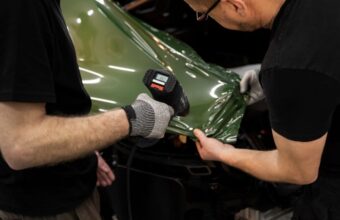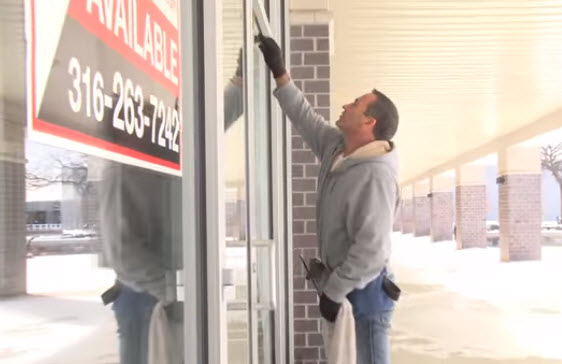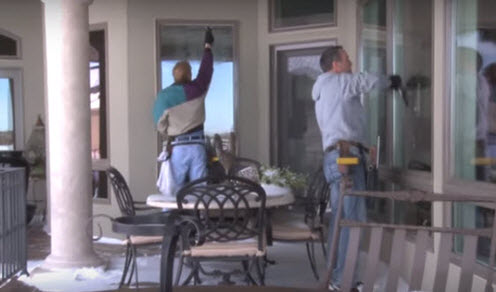Smart window tint, also known as switchable or electrochromic window tint, is a type of window tinting technology that allows users to control the transparency or tint of windows electronically. Unlike traditional window tint films, which have a fixed level of tint, smart window tint can be adjusted to change from transparent to opaque or anywhere in between with the flip of a switch, a remote control, or even through smartphone apps.
The technology behind smart window tint typically involves the use of electrochromic materials, which change their optical properties in response to an applied voltage. When an electrical current is applied to the window tint, the electrochromic materials undergo a reversible chemical reaction that alters the tint of the glass, allowing users to control the amount of light, heat, and glare entering a space.
Smart window tint offers several benefits, including…
- Privacy Control – Smart window tint can be instantly switched from transparent to opaque, providing instant privacy when needed. This feature is particularly useful in residential, commercial, and healthcare settings where privacy is important.
- Glare Reduction – By adjusting the tint of the windows, smart window tint can help reduce glare from the sun, improving comfort and visibility indoors.
- Energy Efficiency – Smart window tint can help regulate the amount of sunlight entering a space, reducing the need for heating and cooling and lowering energy costs.
- UV Protection – Some smart window tinting systems can block a significant amount of harmful UV radiation, helping protect furnishings, artwork, and occupants from sun damage.
- Aesthetics – Smart window tint offers a sleek and modern alternative to traditional window treatments, enhancing the aesthetics of residential and commercial spaces.
Smart window tinting technology provides a versatile and innovative solution for controlling privacy, light, and heat in buildings, offering convenience, comfort, and energy savings for occupants.






